Counties south of me are filling sand bags because the Snake River could bulge banks this spring. The Portneuf River will probably do the same. The Portneuf washes over more than 120 miles in southeastern Idaho. From the willows it weaves through in the high country, to the cement chute it is shackled to in Pocatello, the Portneuf is a waterway that struggles.
“It’s beautiful upstream of town and downstream, but in the concrete channel, no. It’s not really a river,” says Hannah Sanger, Pocatello environmental division manager. “It’s actually not even classified as a river there. It’s a flood control project.”
The Portneuf is strategically strapped like so many rivers in the U.S. The wet arteries of this nation were historically considered a threat known to cripple crops and kill people. Even tamed to the best of our abilities, in certain years there will be flood. This year is already flowing with potential. Water is rising ahead of snowmelt. Fear is also rising because houses line both sides the concrete channel the Portneuf if powering down. Beds, and the babies crying in them, are mere feet from high water. Beyond that, fields, and the seeds sprouting in them, are inches from going under.
“It’s a challenged river and it’s a hard river to love. I think that’s sort of the best way of describing it,” Sanger says. “It’s something that could be so much more, but we don’t turn toward it. We sort of turn away from it.”
One of Idaho’s first railroads runs through Pocatello. The Portneuf didn’t really fit with that. Train tracks brought growth, and like many other cities in the early 1900s, the tracks helped industry boom so the town was built around railroad rather than river.

Letting untamed water run wild was no good during the industrial age, especially when that same water was also the dump. The Portneuf was shackled for safety and still is today. The chute through the city serves as Pocatello’s flood protection, but at the expense of water quality. The Portneuf doesn’t meet clean water standards in town. Bugs are hard to find and trout are few.
“We’re missing key characteristics of a healthy river ecosystem here in the Portneuf as it flows through Pocatello,” says Colden Baxter, Idaho State University ecologist. “I feel that if we were to do a good job of restoring some sections of the main river here as it comes through town, it’s realistic that we could potentially fish for cutthroat trout here in the Portneuf Valley.”
Scientifically and socially, support is gradually flowing for restoration of the Portneuf and other manhandled rivers in the U.S. Waterways, for the most part, are no longer viewed as places to dump and ditch. Greenbelts, open space and natural resources are gaining value, which turns liquid liabilities into assets.
The Edson Fitcher Nature Area on the Portneuf just south of Pocatello demonstrates society’s recent change in attitude. Its winding current and wild willows look nothing like the city’s cement chute.
“The old attitude of shunning the river aside assumed humans are not part of the natural world,” says Kevin Marsh, Idaho State University history professor. “Now our cultural understanding and scientific knowledge asserts to use very clearly that we are very much a part of that natural world even if we’re living within an industrial city.”
There will be flood whether the river is free flow by choice or by seasonal chance. And in time, that once choked flow might even hold fish if enough people find enough value in letting rivers run.

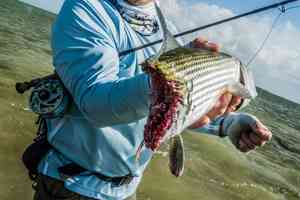
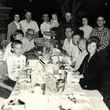
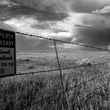
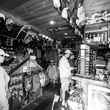

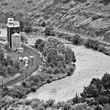
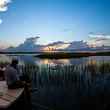

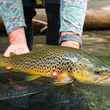

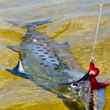

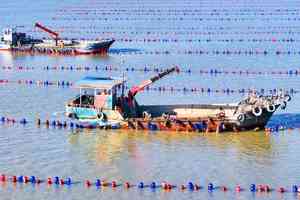
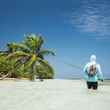

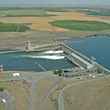
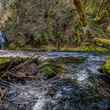
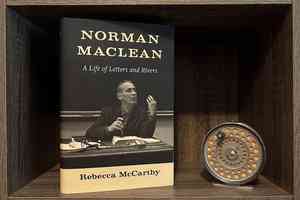

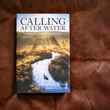

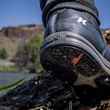
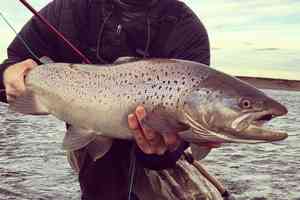
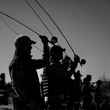
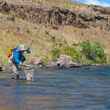
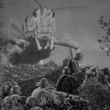
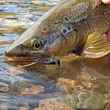
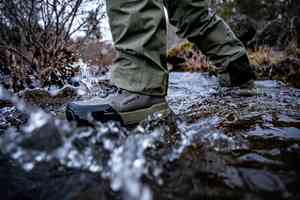
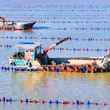
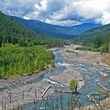
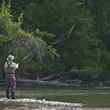
Comments